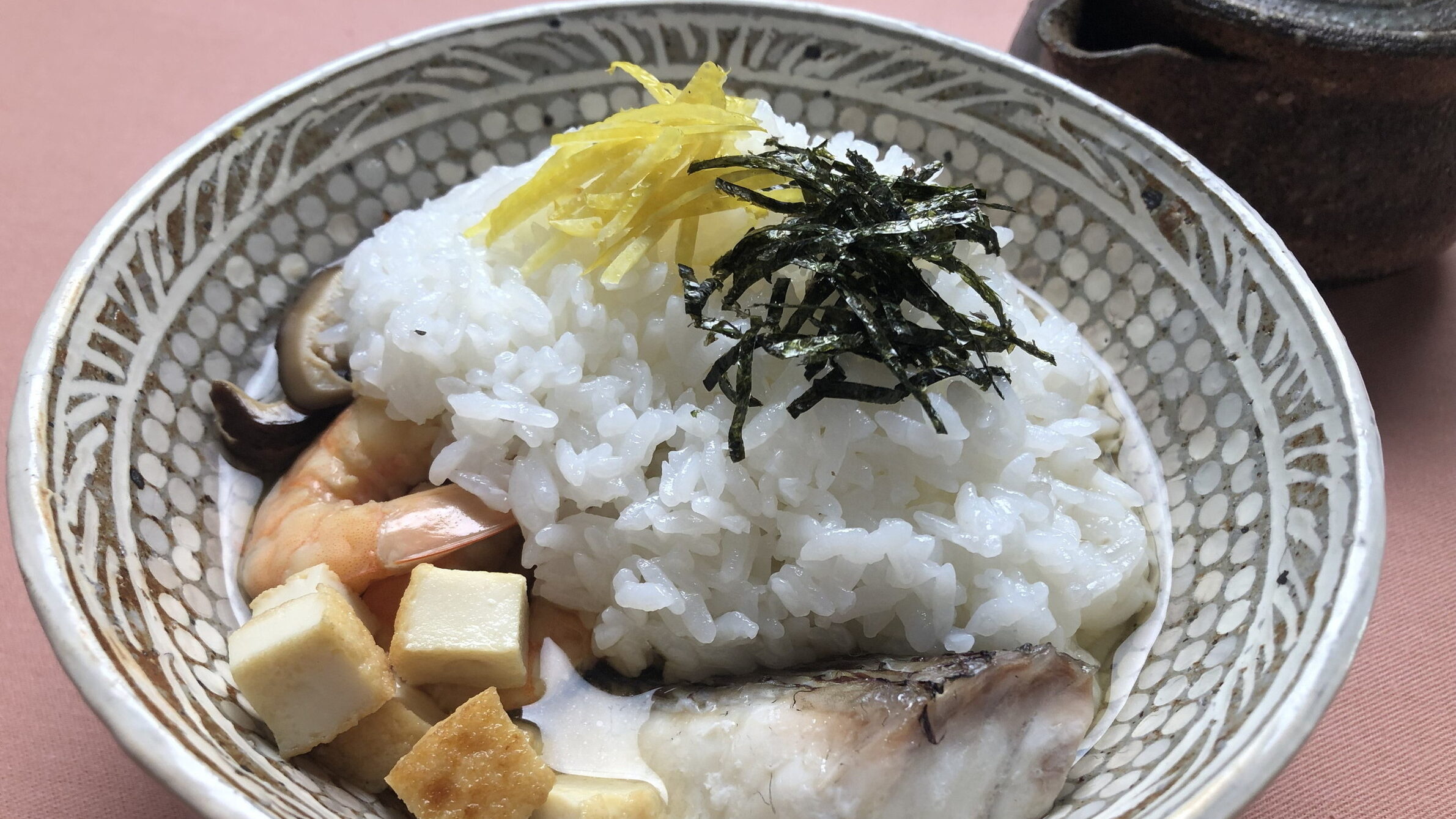
Hey there! Let me tell you about a fascinating dish from Hiroshima called “Uzumi.” It’s got a cool backstory and it’s a real testament to how resourceful folks can be in the kitchen. This dish is all about hiding the good stuff, literally! So, let’s dig in and explore the flavors and traditions of Uzumi.
Dish Name: Uzumi
- Region / Location: Hiroshima Prefecture
- Primary Area of Tradition: Fukuyama City
- Main Ingredients: Gobo (burdock root), satoimo (taro root), carrots, daikon radish, shiitake mushrooms, matsutake mushrooms, tofu, small shrimp, chicken, sea bream, rice
How It’s Eaten / Served
To make Uzumi, each ingredient – gobo, satoimo, carrots, daikon radish, shiitake mushrooms, matsutake mushrooms, tofu, small shrimp, chicken, and sea bream – is cut into bite-sized pieces and prepared by boiling or simmering. Then, these ingredients are placed in a bowl. A broth, typically made from iriko (dried sardines), is poured over the ingredients, and then rice is piled on top. Nowadays, Uzumi has evolved into a broader culinary concept, with “uzumeru” (to bury) as the key idea. This has led to creative variations like Uzumi ice with fruit buried under the ice, Uzumi soft-serve with local ingredients hidden inside, and even Uzumi ramen with the toppings concealed beneath the noodles.
Cultural Background and Preservation
The history of Uzumi goes back to the Edo period. It’s said that people would bury (uzumeru) the ingredients under the rice to make the meal appear simple. Despite its humble beginnings, Uzumi is packed with flavor and nutrition. You’ll find variations of this “buried” food culture in other parts of the Chugoku region, such as “Uzume-meshi” in the Iwami region of Shimane Prefecture and “Bizen Bara-zushi” in Okayama Prefecture. Until around the 1960s, Uzumi was often enjoyed as a celebratory dish for the autumn harvest. The ingredients can vary by region, but commonly include satoimo, carrots, matsutake mushrooms, shiitake mushrooms, shrimp, sea bream, and chicken. Even the broth changes; the southern coastal areas near the Seto Inland Sea use iriko, while the mountainous northern regions use dried shiitake mushrooms.
While Uzumi’s presence on dining tables had decreased, it’s now making a comeback in restaurants and school lunches. In 2010, the Fukuyama Food Brand Creation Citizens’ Conference was established to promote local cuisine like Uzumi. They’ve been highlighting Uzumi as a dish that brings happiness, comparing the seasonal ingredients to “happiness” and “treasure” that you “dig up” and enjoy. As a result, more restaurants in the city are now serving Uzumi.
Additional information:
- Gobo (牛蒡): Burdock root, a long, slender root vegetable with an earthy flavor.
- Satoimo (里芋): Taro root, a starchy root vegetable with a slightly sticky texture when cooked.
- Daikon (大根): A large white radish with a mild, slightly peppery flavor.
- Iriko (いりこ): Small dried sardines, used to make a flavorful broth.
The information about regional cuisine featured on this website (Piggy's Grandma of Japan) is summarized and adapted from the Ministry of Agriculture, Forestry and Fisheries of Japan (MAFF) website, "Our Regional Cuisines"Additional commentary is provided based on the unique experiences and perspectives of the site's editors.
The copyright for the original content regarding regional cuisine belongs to the Ministry of Agriculture, Forestry and Fisheries of Japan.
The summaries and adaptations published on this site are intended for informational purposes only. Piggy's Grandma of Japan does not guarantee the accuracy or completeness of this information. For the most accurate and complete details, please refer to the original pages on the MAFF website.


